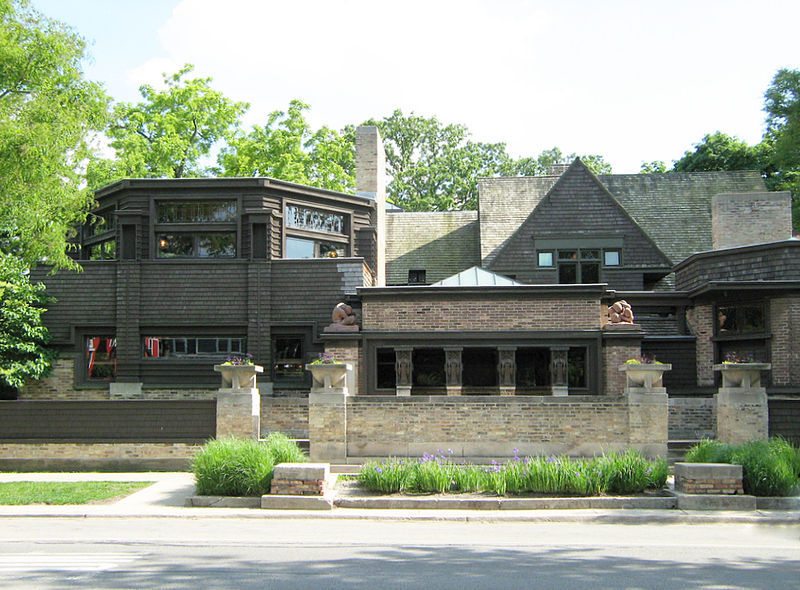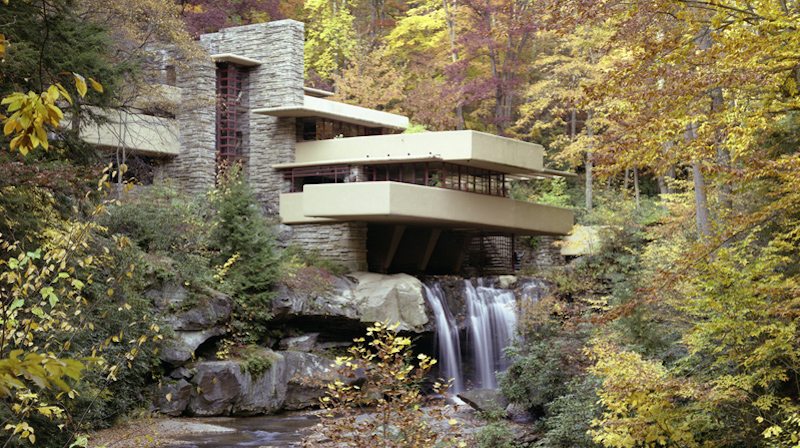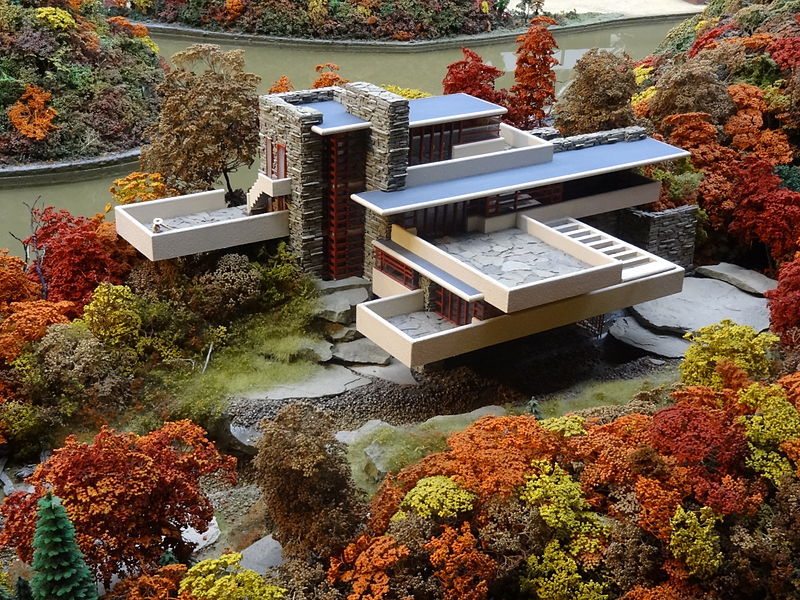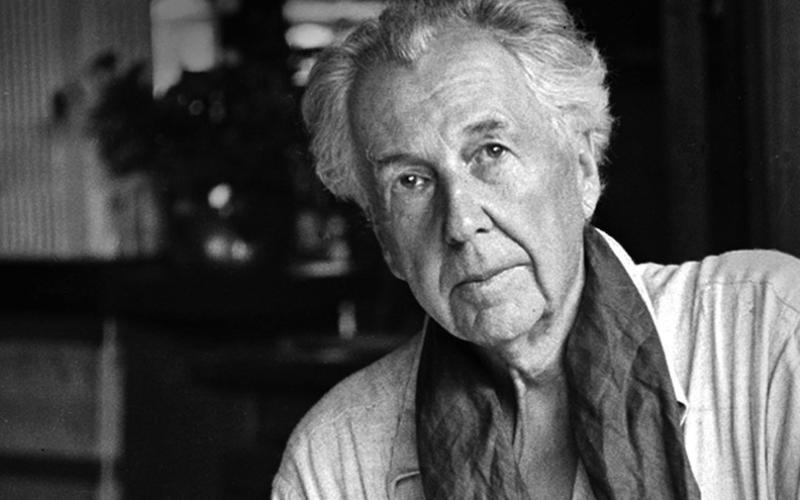Frank Lloyd Wright
Episode #3 of the course “Architects who changed the world”
Born in Wisconsin in 1867, Frank Lloyd Wright came to Chicago with minimal education and strong beliefs in his own talents. He studied under the Father of Skyscrapers, Louis Sullivan, and soon became known for his use of space. Wright believed in beautiful, elegant architecture that incorporated the natural surroundings in a style that he called “organic architecture.” Wright’s designs extended beyond simply the building structure—he designed homes down to the smallest detail in furniture placement and interior decoration. Although only approximately half of his designs were ever made into buildings, Wright still claims architectural credit on over 500 structures around the world.
 Wright’s studio (1898) viewed from Chicago Avenue
Wright’s studio (1898) viewed from Chicago Avenue
 The Robie House on the University of Chicago campus
The Robie House on the University of Chicago campus
His belief in consistency and a streamlined efficiency to living is evident in his “Prairie House” design, which featured enormous living space in a compact box-house interior; the expansive house floorplan complimented the prairie land around Chicago. A prolific writer himself, Wright published more than 20 books in architectural design and aesthetics, but it was only when his Prairie Houses were featured in an article of Ladies Home Journal that they exploded in popularity.
 Fallingwater
Fallingwater
Wright’s most famous building is “Fallingwater” in Pennsylvania. The property is home to a number of spectacular waterfalls with which Wright wanted the family to “live in harmony” rather than only glancing at occasionally. Fallingwater has been designed to integrate the water into as aspect of the home, and it has been called the greatest home in American architectural design. During its construction, Wright had disputes with engineers and contractors over details of design and structural integrity. Although Wright insisted that the first tier of the building did not need additional structural support, one of the contractors secretly added the extra support anyhow.
 Miniature replica of the Fallingwater building at MRRV, Carnegie Science Center in Pittsburgh
Miniature replica of the Fallingwater building at MRRV, Carnegie Science Center in Pittsburgh
Share with friends

